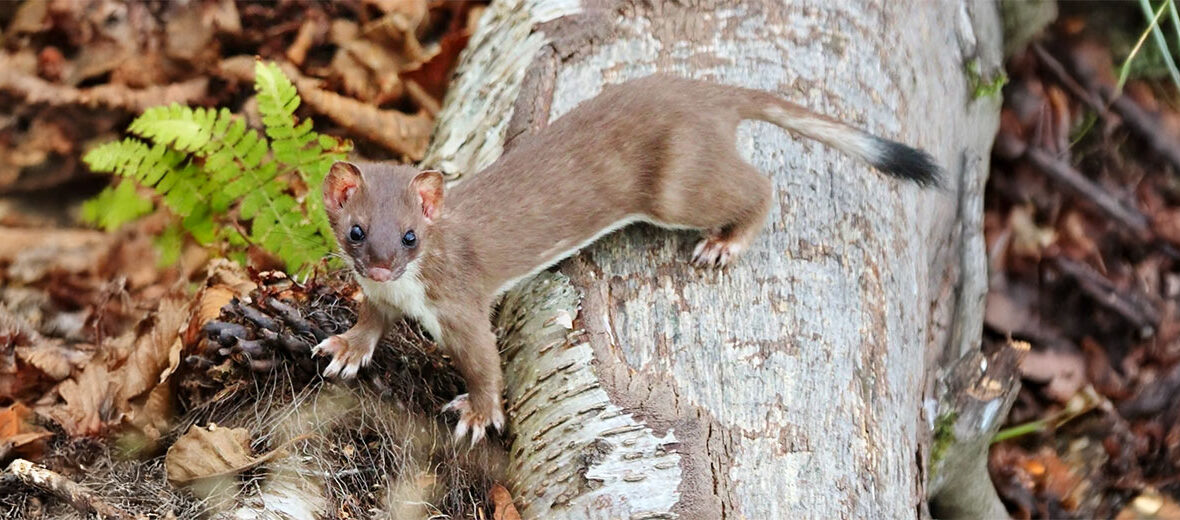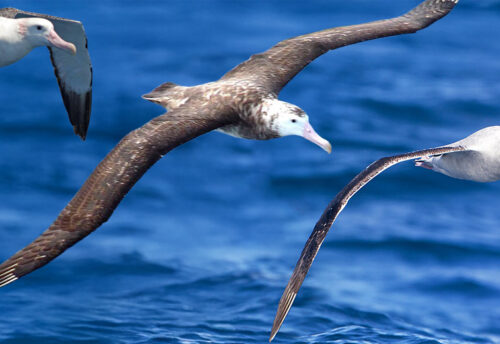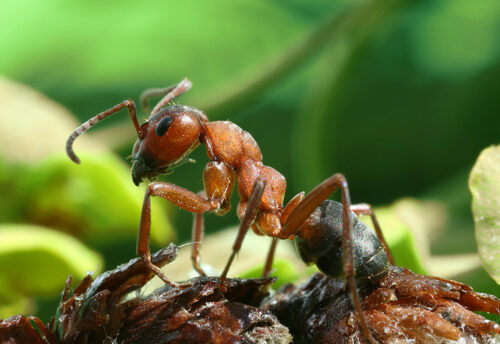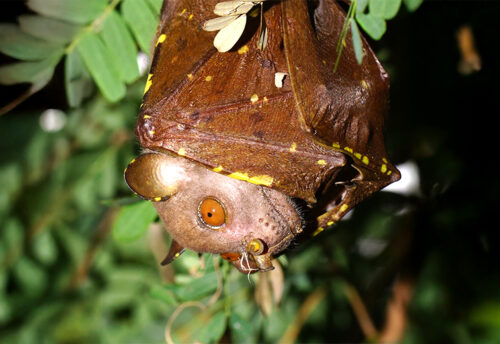
The American ermine, aka American stoat, is found throughout Canada, United States, and Greenland. They have the classic weasel style body; that being long, slender, and having short legs. They may face the threats of habitat loss and destruction at the hands of residential and commercial developments; hunting; and trapping, but they are abundant enough to be listed as Least Concern by the IUCN.
First the Stats…
Scientific name: Mustela richardsonii
Weight: Up to 3.9 ounces
Length: Up to 12 inches, plus up to a 3+ inch tail
Lifespan: Up to 7 years
Now on to the Facts!
1.) The specific epithet is in honor of the Arctic explorer and naturalist John Richardson.
2.) For a long time, these ermines were considered conspecific with the stoat, however, a 2021 study found them to be a distinct species, forming individual genetic clades from erminea.
3.) The Haida ermine is believed to be a hybridized species hailing from ancient hybridizations between M. erminea and M. richardsonii.
4.) Field mice, voles, shrews, young cottontails, chipmunks, deer mice, jumping mice, house mice, and gophers are all on the menu.
5.) Other prey items include: birds, frogs, small fish, and earthworms.
But wait, there’s more on the American ermine!
6.) They dwell in hollow spaces such as logs, burrows, and man made structures like pipes, sewer openings, and barns.
7.) These critters will often take up refuge within their prey’s nest or burrow and use their prey’s skin and/or fur as a lining for their den. This has earned them the nickname of “nature’s serial killers”.
Did you know…?
The fur of these ermines was valued by the Tlingit and other indigenous peoples of the Pacific Northwest Coast. They were attached to traditional regalia and cedar bark hats as status symbols and/or made into shirts.
8.) Females undergo up to a 255 day gestation (pregnancy) that yields up to 7 kits.
9.) Cats, dogs, bobcats, minks, martens, fishers, coyotes, and large owls and hawks all prey on these critters.
10.) American ermines are mostly nocturnal (active at night), but they can also display diurnal (active during the day) behaviors on cloudy days.
Now a Short American Ermine Video!
This video talks about ermines in general.
Be sure to share & comment below! Also, check out the Critter Science YouTube channel. Videos added regularly!
Want to suggest a critter for me to write about? Let me know here.
Some source material acquired from: Wikipedia & IUCN
Photo credit: Denis Doucet




